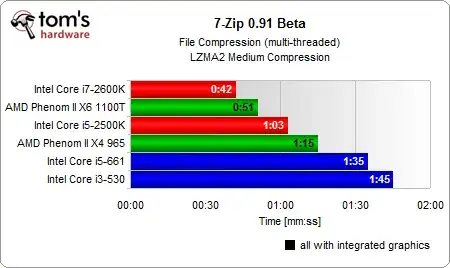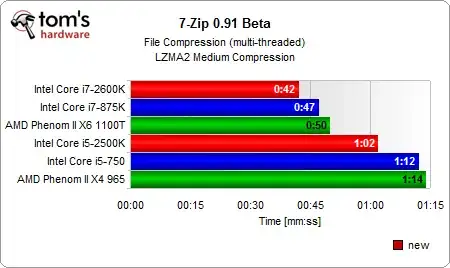I found 2 related benchmarks. But they were not doing any GPU intensive works while benchmarking CPU performance. In real world, I might be using several GPU and CPU intensive apps at the same time.
1) Tom's Hardware Review: Efficiency Comparison: Sandy Bridge Vs. Intel And AMD CPUs
They were using 2 x 2 GB DDR3-2200, Kingmax FLKE85F-B8KJAA FEIS, which provides much more bandwidth than common DDR3-1333. Regarding CPU performance, it seems for both Intel Sandy Bridge and AMD Phenom II, it made no difference using integrated graphics or discrete graphics.
Benchmark Results: Integrated Graphics Performance:


Benchmark Results: Discrete Graphics Performance:


2) This one is quite old, posted 4 years ago: Gigabyte MA69VM-S2
Motherboard on AMD 690V (Socket AM2) Chipset.

The same question were also asked 4 years ago at here.




